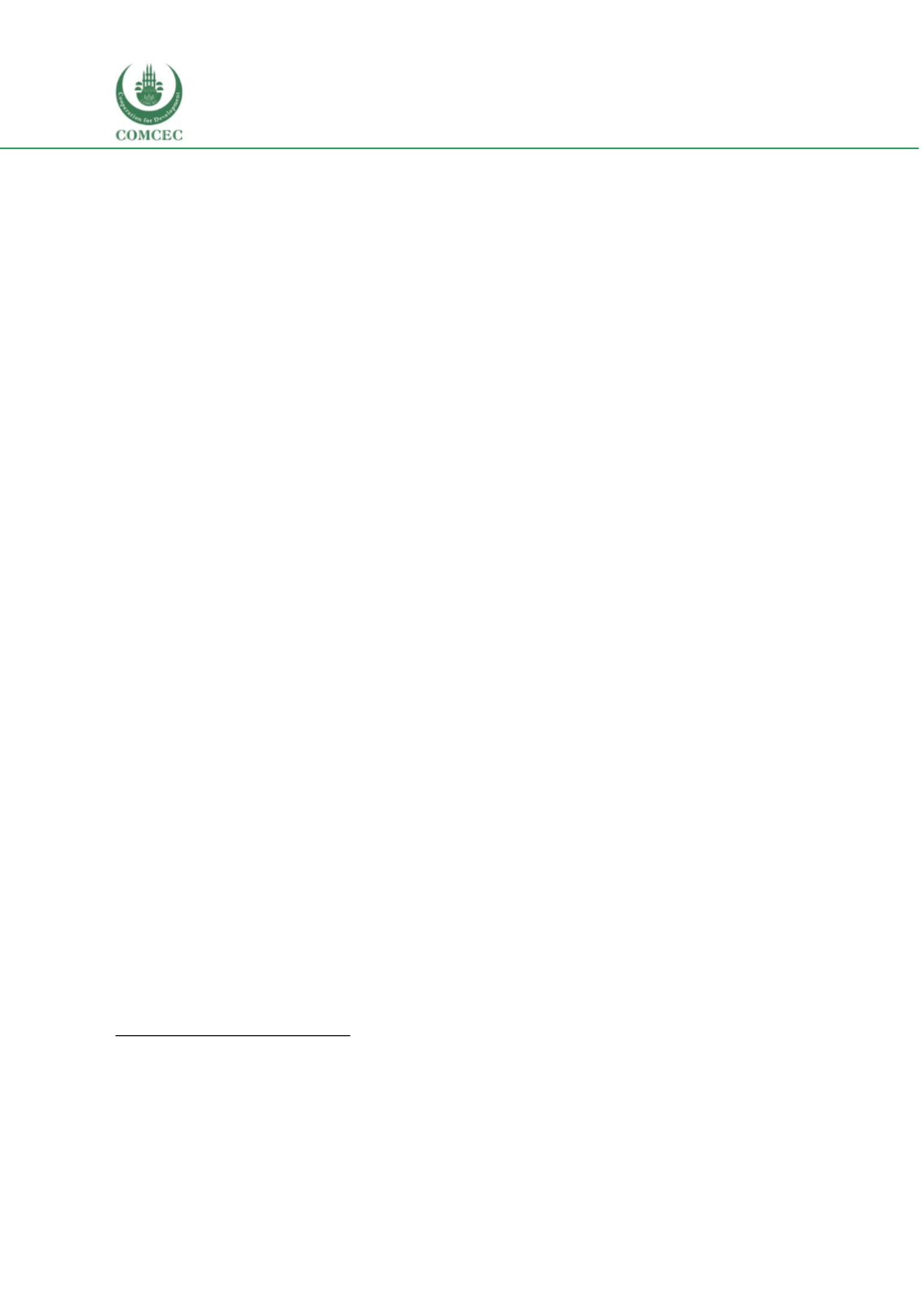

Education of Disadvantaged Children in OIC:
The Key to Escape from Poverty
180
100 percent literacy rate. The National Education Policy of 1998-2010 was only partially
implemented due to unforeseen political changes resulting from the military coup
469
. The latest
National Education Policy of 2009 placed great emphasis on the twin goals of equitable access to
education and improving the quality of education. Key policy goals
470
included the promotion of
Early Childhood Education, achieving universal and free primary education by 2015, increasing
the education budget up to 7% of GDP by 2015, promoting equity in education to eliminate social
exclusion and provide increased opportunities for marginalized groups, in particular girls. It also
aimed at setting national standards for educational inputs/processes/outputs as well as
introducing a common curriculum framework for the public and private sectors. As mechanisms
for its implementation were not established and with the 2010 devolution of educational
responsibilities to provinces, the 2009 NEP has become mostly a reference document and is used
as a source of guidance by planners and education managers at various levels in the country.
In parallel to these National Education Plans, guided by the incentives of the Millennium
Development Goals and the Education For All (EFA) agenda, another important education strategy
plan was the National Plan of Action for EFA (2001-2015) whichwas endorsed by the first Poverty
Reduction Strategy Paper (PRSP). Unfortunately this plan was also plagued with difficulties in
implementation stemming from a lack of financial support
471
.
The 18
th
Amendment and Article 25A in the Constitution created the impetus to prepare
provincial and district level education sector plans whereby provinces/districts set up their own
goals.
Khyber Pakhtunkhwa Education Sector Plan (KPESP) 2010-2015
472
: The Khyber Pakhtunkhwa ESP
aims to achieve universal primary education, promote gender equality, achieve quality basic
education and introduce government-financed private school subsidies for areas with low female
enrolments. In terms of governance, the focus is on increased involvement of community and
parents with the aim of increasing transparency and accountability. Given security issues, risk
management has been incorporated as part of the governance reforms.
Punjab School Education Sector Plan (PSESP) 2013-2017
473
: The Punjab ESP is an educational
sector plan prepared according to best practices, which developed strategies focused on
improving access, quality and governance while also operationalizing the plan by identifying
resources (costing) and capacity requirements for its implementation. It focuses on improved
quality education, increased enrolment, the provision of free and compulsory education,
meritocratic governance and a performance-based accountability system. It aims to implement
the first comprehensive professional development framework for in-service teachers and explore
the scaling up of public-private partnerships such as those under the Punjab Education
Foundation that have shown better quality results.
469
AEPAM (2015)
470
AEPAM (2015)
471
AEPAM (2015)
472
http://www.kpese.gov.pk/Downloads/Education%20Sector%20Plan.pdf47
3 http://aserpakistan.org/document/learning_resources/2014/Sector_Plans/Punjab%20Sector%20Plan%202013-2017.pdf















